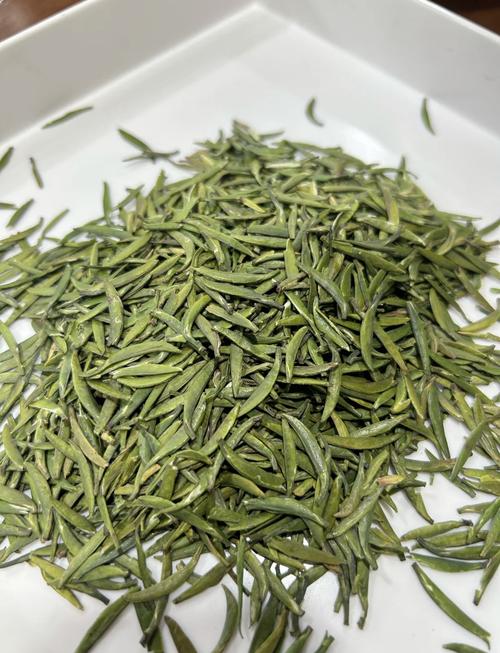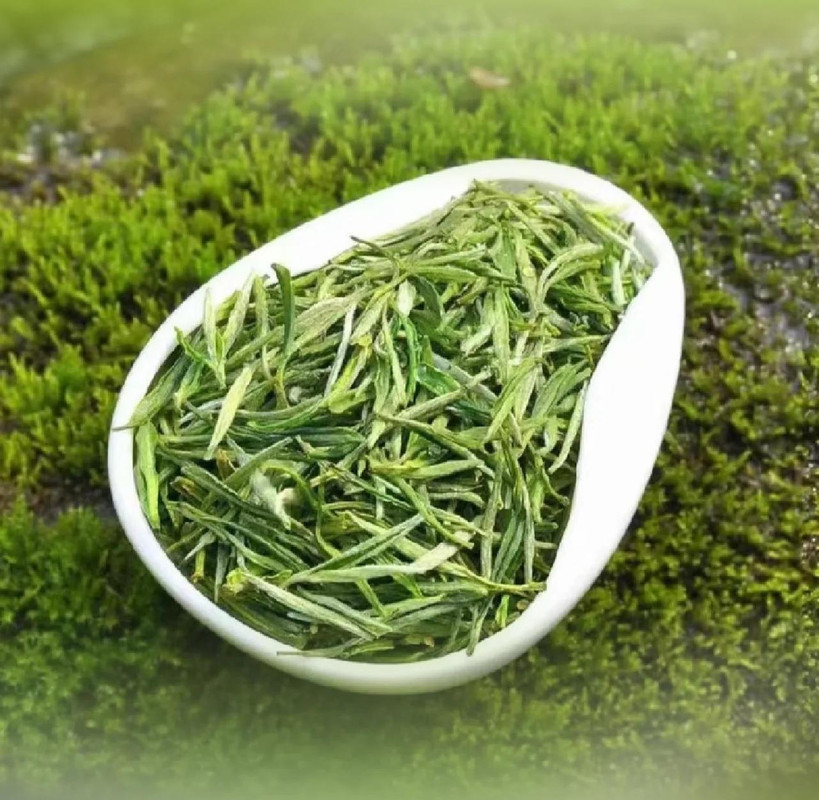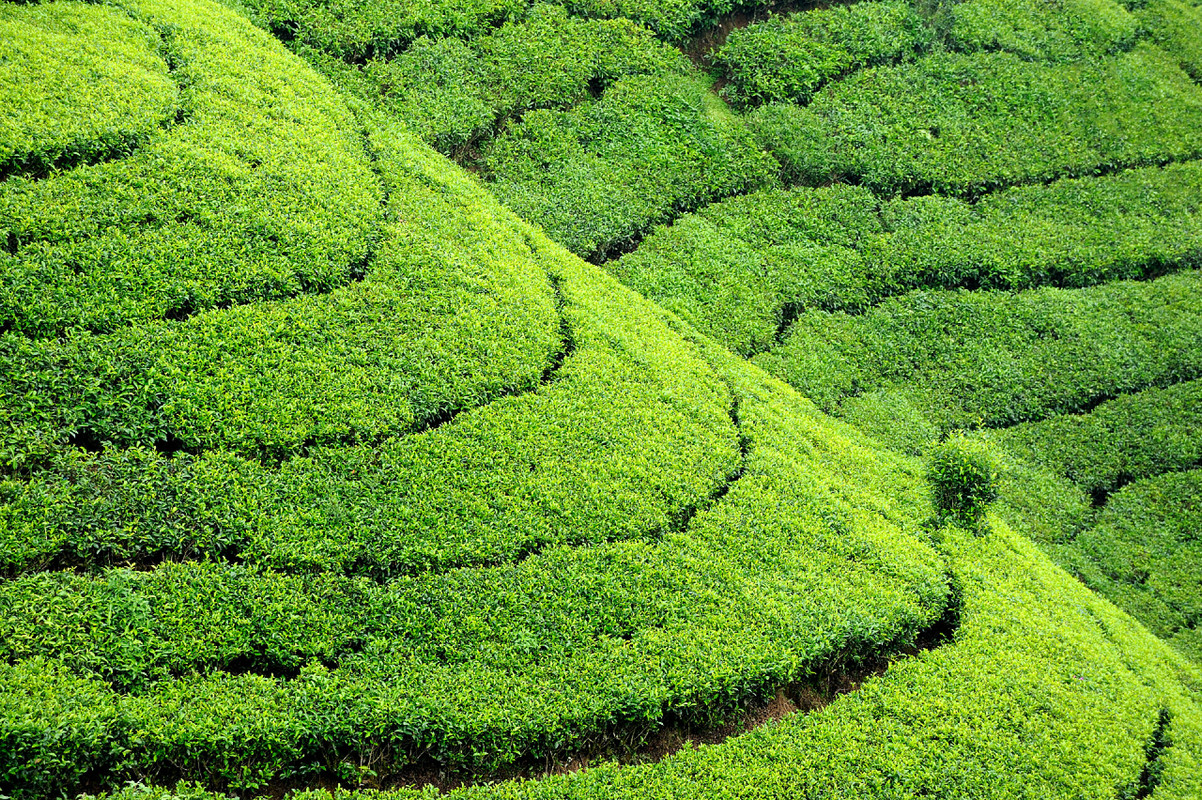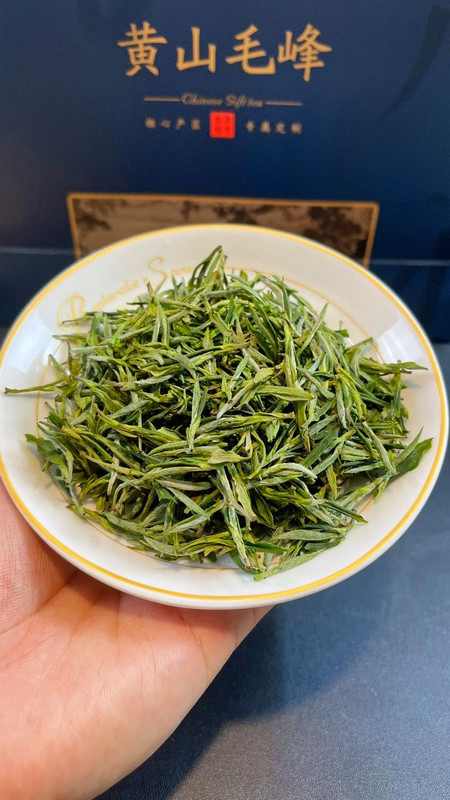Nestled in the mist-shrouded slopes of Songluo Mountain in Huangshan, Anhui Province, 松萝茶 (Sōngluó Chá) has captivated tea connoisseurs for centuries with its bold character and medicinal legacy. Revered as the “ancestor of pan-fried green teas,” this historic brew embodies the essence of Ming Dynasty craftsmanship and the untamed beauty of its mountainous origins.
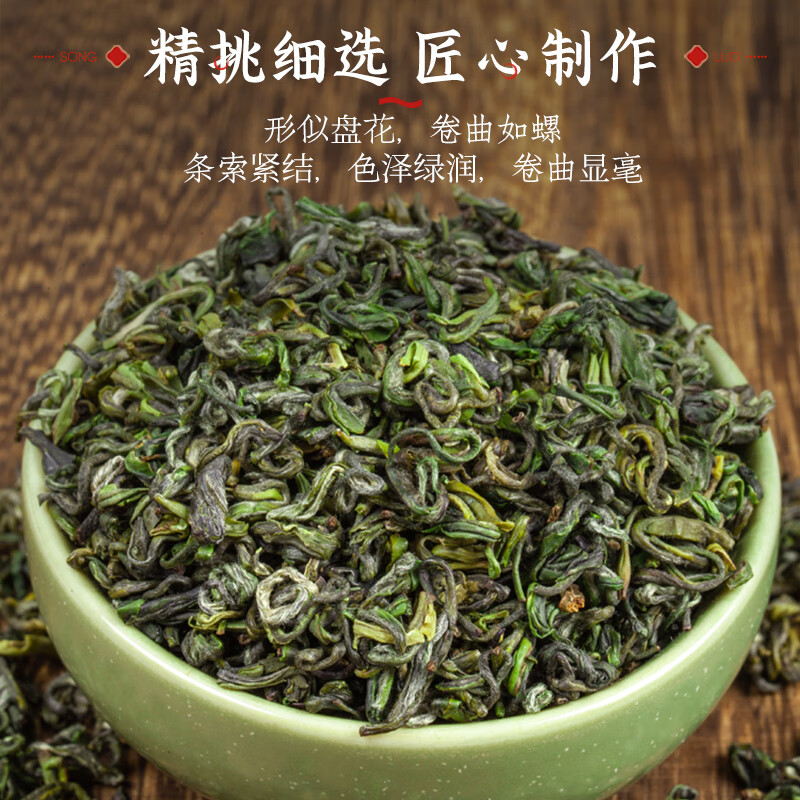
Origins & Heritage
First crafted during the Ming Dynasty (14th–17th centuries) by Buddhist monk Dafang, Songluo Tea emerged as a revolutionary innovation in tea processing. Unlike sun-dried green teas, Dafang’s method involved pan-frying leaves to halt oxidation—a technique that became the blueprint for modern Chinese green tea production. The tea’s name derives from its birthplace: Songluo Mountain, a sacred site where pine forests and misty valleys converge at altitudes of 600–800 meters. In 2012, it was granted China’s Geographical Indication Protection, cementing its status as a cultural treasure.
Terroir: The Soul of Songluo
The tea gardens of Songluo Mountain thrive in a unique microclimate. Cool temperatures, frequent cloud cover, and red-yellow loam soils enriched by granite minerals create ideal conditions for the Camellia sinensis shrubs. This environment imparts the tea’s signature “three heaviness”:
- Color: Deep emerald leaves with silvery tips.
- Aroma: Intense orchid-like fragrance with hints of chestnut.
- Flavor: Robust, olive-like bitterness that mellows into a lingering sweetness.
Craftsmanship: A Ming Dynasty Art Form
The production of Songluo Tea is a meticulous dance of fire and hands:
- Plucking: Only the tenderest bud and two leaves are harvested in early spring.
- Withering: Leaves are spread on bamboo trays under natural light to reduce moisture.
- Fixation (Killing Green): Pan-fried in woks at 170–180°C, with constant stirring to prevent burning.
- Rolling: Leaves are shaped into tight spirals by hand, releasing essential oils.
- Drying: First roasted in baskets over charcoal, then re-pan-fried at 50°C to lock in aroma.
This labor-intensive process—which involves discarding leaf tips and stems to ensure uniformity—explains why Songluo Tea was historically priced higher than other green teas.
Aesthetic & Sensory Experience
When steeped, Songluo Tea unveils a visual and olfactory masterpiece:
- Appearance: Leaves unfurl into jade-green needles adorned with white down.
- Liquor: Bright golden-green hue, reminiscent of mountain springs.
- Taste: A bold attack of vegetal freshness transitions to a mellow, honey-like finish.
- Aroma: Complex layers of orchid, roasted chestnut, and fresh bamboo.
Brewing Rituals
To honor its heritage:
- Water: Use soft, mineral-rich water heated to 80–85°C.
- Ratio: 3–4 grams of tea per 150 ml (1:40 tea-to-water ratio).
- Vessel: Porcelain gaiwan or glass cup to admire the unfurling leaves.
- Infusion: First steep for 1–2 minutes; extend by 30 seconds for subsequent brews (up to 4 infusions).
Authenticity & Grading
Genuine Songluo Tea is distinguished by:
- Appearance: Uniform, needle-like leaves with silver tips.
- Aroma: Pungent, floral fragrance without smokiness.
- Liquor: Crystal-clear jade-green hue.
- Infused Leaves: Plump, emerald-green, and intact.
Graded into Special, Premium, and Standard tiers based on leaf uniformity, pluck standard, and craftsmanship. Special-grade tea, harvested before Qingming Festival, commands 80–200 per 100 grams, while Standard grades range from 30–80.
Healthful Alchemy
Rich in polyphenols, catechins, and vitamin C, Songluo Tea offers:
- Digestive Aid: Historically used to treat indigestion and food poisoning.
- Cardiovascular Support: Lowers cholesterol and improves blood circulation.
- Antioxidant Power: Combats free radicals linked to aging and cancer.
- Mental Clarity: L-theanine promotes focus without jitters.
Cultural Legacy
Beyond its cup, Songluo Tea is woven into Chinese folklore and medicine. Ming Dynasty herbalists prescribed it for “resolving phlegm, clearing heat, and revitalizing the spleen.” Today, it remains a symbol of Anhui’s tea heritage, celebrated in festivals and poetry as a living link to China’s past.
In every sip of Songluo Tea, one encounters not just a beverage, but a 500-year-old conversation between monks, mountains, and the enduring art of Chinese tea.
